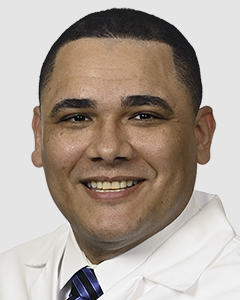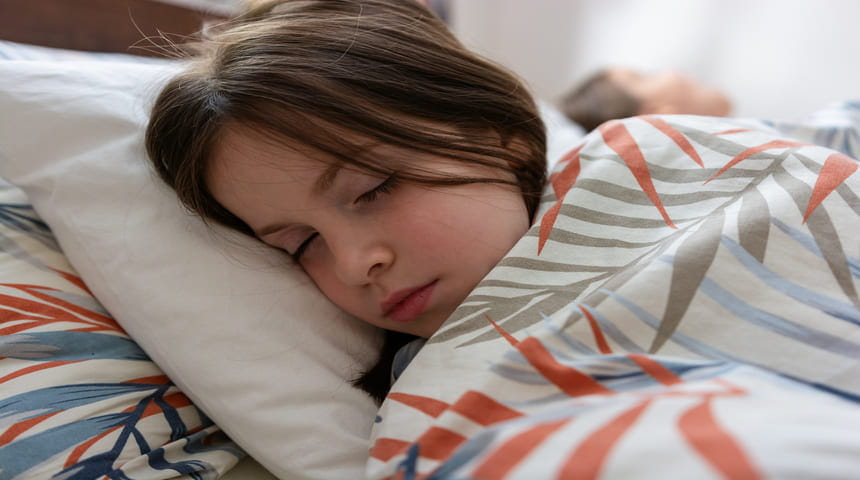It’s not just vigorous activity in the heat that can cause your child to become dehydrated. Cold and flu season could also put your child at risk -- and it can happen faster than you might think.
Vomiting and diarrhea are the most common causes of dehydration in children. Among children in the United States, fluid and electrolyte disturbances from acute gastroenteritis result in 1.5 million outpatient visits, 200,000 hospitalizations and 300 deaths a year.
Staying Hydrated
Hydration is a balance in the amount of water your child takes in and the amount that goes out. Anything that alters this — not drinking fluids during the day, intense sweating, gastrointestinal infections that cause vomiting or diarrhea, or infections that cause fevers — can cause dehydration.
The average amount of water your child needs each day to stay hydrated is based on age.
- Infants younger than 6 months get all their water from breast milk or formula
- 6 to 12 months: 6 to 8 ounces of water
- 1 to 3 years: four to five 8-ounce glasses
- 4 to 8 years: five to six glasses
- 9 to 13 years: six to eight glasses
- 13 and older: eight or more glasses
If your child is experiencing any of the above conditions that lead to dehydration, they will need more water than the recommended average.
Signs of Dehydration
Young children are especially prone to dehydration. This is because their bodies are less efficient at conserving water than older children and adults. In addition, their small size means that it takes less fluid loss to lead to dehydration.
If your child is mildly or moderately dehydrated, they likely will exhibit at least one of these symptoms:
- Dry mouth
- Sunken eyes
- Crying without tears
- Urinating less frequently (for infants, fewer than six wet diapers a day)
- Babies may have a sunken fontanelle (soft spot on the head)
Your child needs to go to an emergency room if they are experiencing any of the following symptoms in addition to the ones listed above:
- Inability to retain fluids (severe vomiting and diarrhea)
- Irritability or excess sleeping
- No urine output or very dark urine
- Fainting, dizziness or seizures
Treatment for Dehydration
The main treatment for dehydration is to hydrate, usually with water for children or breast milk or formula for infants. Most kids will be fine with plain water and their regular diet.
However, there may be times that your child’s pediatrician recommends oral rehydration therapy (ORT). This treatment uses an electrolyte solution or watered-down juice, and it is administered in small doses every 5 to 10 minutes. Your physician will prescribe the appropriate amounts and timeline for your child.
For the first 24 hours, the pediatrician also may recommend your child limit solid foods, especially if the dehydration came from vomiting or diarrhea. You can freeze the liquids as popsicles, however, if your child is asking for something to eat or doesn’t want to drink all the required fluids.
Sports Drinks and Powder Electrolytes
Generally speaking, healthy children who are going about their daily activities do not need to add electrolytes; they consume them in their diet.
But the majority of high school students drink sugar-sweetened sports drinks, and powder electrolytes are increasingly popular. An occasional sports drink after a game or practice is one thing, but parents should try to keep their children from making a habit of it.
Preventing Dehydration
Modeling behavior is the best way for parents to create good habits in children, and this is especially true with drinking water. You also can encourage hydration by providing fun water bottles or shaped ice cubes, taking water wherever your children go and keeping water where they will see it and remember to drink.
Talking to your child about the importance of drinking water instead of soda or other drinks can help if they are older.
This content is not AI generated.
Choose to Stay in Touch
Sign up to receive the latest health news and trends, wellness & prevention tips, and much more from Orlando Health.
Sign Up










